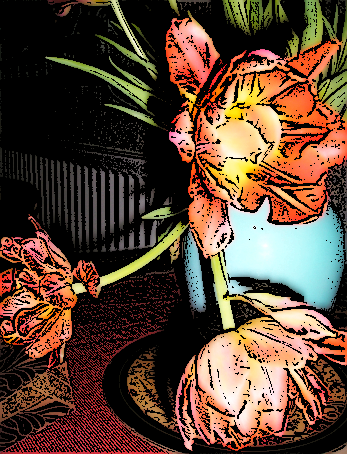 Not long ago I came across some very interesting notes on a talk given by New York author Joseph Finder. The title of his talk was “The Six Biggest Mistakes Even Bestselling Writers Make.” I liked that! I liked its inclusiveness and I very much liked the advice he gave. It is well recognised advice and well worth repeating so I hope he will forgive me for taking his six mistakes, somewhat out of order, and putting my own spin on them –
Not long ago I came across some very interesting notes on a talk given by New York author Joseph Finder. The title of his talk was “The Six Biggest Mistakes Even Bestselling Writers Make.” I liked that! I liked its inclusiveness and I very much liked the advice he gave. It is well recognised advice and well worth repeating so I hope he will forgive me for taking his six mistakes, somewhat out of order, and putting my own spin on them –
As it’s about beginnings, let’s start with what he calls The Long Set Up
The Long Setup, as the title suggests, refers to the novel where the story takes too long to get moving – where the reader may be put off by a long preamble or a weak start and decide not to continue . Or it may be that there is a good powerful or arresting opening but that the book slows down too soon, with too much story spilled out to the reader, rather than being revealed by the action (the show don’t tell mantra referred to in my first post.)
This trap is easily fallen into, especially when you are starting out. In my experience when you start your first novel the writing is intoxicating and all consuming. This makes it difficult to think past what you write – to your audience – the reader. I will freely admit that in my first novel I gave the set -up very little consideration and some people ( but only some! ) who read The Sweet Track commented that they found it ‘hard to get into’ and that they had to ‘persevere.’ Mostly they were kind enough to say it had been worth it but no one wants a reader to put their book down after a chapter or two, especially if she is an agent or editor!
Beginnings are crucial. Finder suggests ‘One way to avoid this is to start the story as late as possible. If necessary, you can then go back and fill in details later on.’ Many novels and short stories begin in the middle of things – they already have a history, and there should be conflict/tension of some kind for the protagonist right from the start. Ask yourself what does your protagonist want, need, wish, hope for? This will drive your story
Writing Tip – find a novel you admire, preferably a contemporary novel – look at the beginning, the first few chapters, and ask what works? Why is it good? How does it hook the reader in? How does it avoid the trap of the long set up? Where is the tension/conflict?
This is not about copying but about using your experience as a reader to inform your writing
Now look at your own novel – ask the same questions. Is the set-up working?
This is such good advice Avril. All this and tulips too – you’re spoiling us!
Love, Dx
Great advice from you and J Finder,
I remember the editor of my very first novel, the gifted Anne Williams, very gently suggesting I chop of the first two chapters as – ‘Chapter Three is where it all really happens, don’t you see? All this stuff you can weave in later!’ I reckon we should allow ourselves the long set-up so we find our own way in the novel, then edit it out at the point – which I think comes later – when we really focus more on the reader.
Even so, I think I still tend to have a longish set up. It might be a necessary thing in an historical type novel, to put the reader in the picture.
love
Wendyxxx